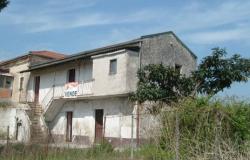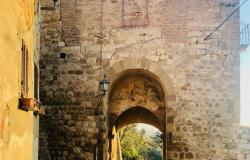The Italian property market should recover by the end of 2010. The forecast comes from REplat, Italy’s first multiple listing service company.
Analysing data from its 1,700 member agents, REplat researchers have painted the picture of a slow market, which, however, is planting the first seeds of recovery. Demand has continued to decrease in the third quarter of 2009, registering an overall drop of 3.91% between January and September, and year on year declines of up to 10.38% (in September) and 10.57% (in July).
Supply went down too—it steadily decreased during the year (11.67% between january and September) and, for the first time since the beginning of 2009, it also registered some year-on-year drops over 2008 (0.52% in July and 1.12% in September).
The gap in vendors’ and buyers’ expectations remains the biggest stumbling block to normal activity. At the moment, asking prices are on average too high and offers are too low, according to REplat.
The good news is that the researchers have seen the first signs that realistic prices is on the horizon. Vendors have slightly decreased their requests, particularly in the outskirts of big metropolitan areas.
“This decrease is the basis for market recovery, which we expect to take place towards the end of 2010,” says REplat president Vincenzo Vivo.
Rome and Milan in particular, are already experiencing this slight drop in prices and a corresponding rise in interest among buyers. Demand for one-bedroom flats went up by a whopping 35% in Rome and 30% in Milan, while two bedroom flats saw an increase of 30% and 17% respectively.
However, REplat confirms previous reports of a two-tier market for the two cities (a trend which is also appearing elsewhere in Italy). While the outskirts of both Milan and Rome saw price declines ranging from 6% to 12%, prestige areas actually recorded an increase. The greatest rises took place in Rome’s leafy Parioli and characterful Trastevere neighbourhoods, where one bedroom flats went up 16%, and in Milan’s Ripamonti universoty area (16%) and the historic Duomo (15%).













